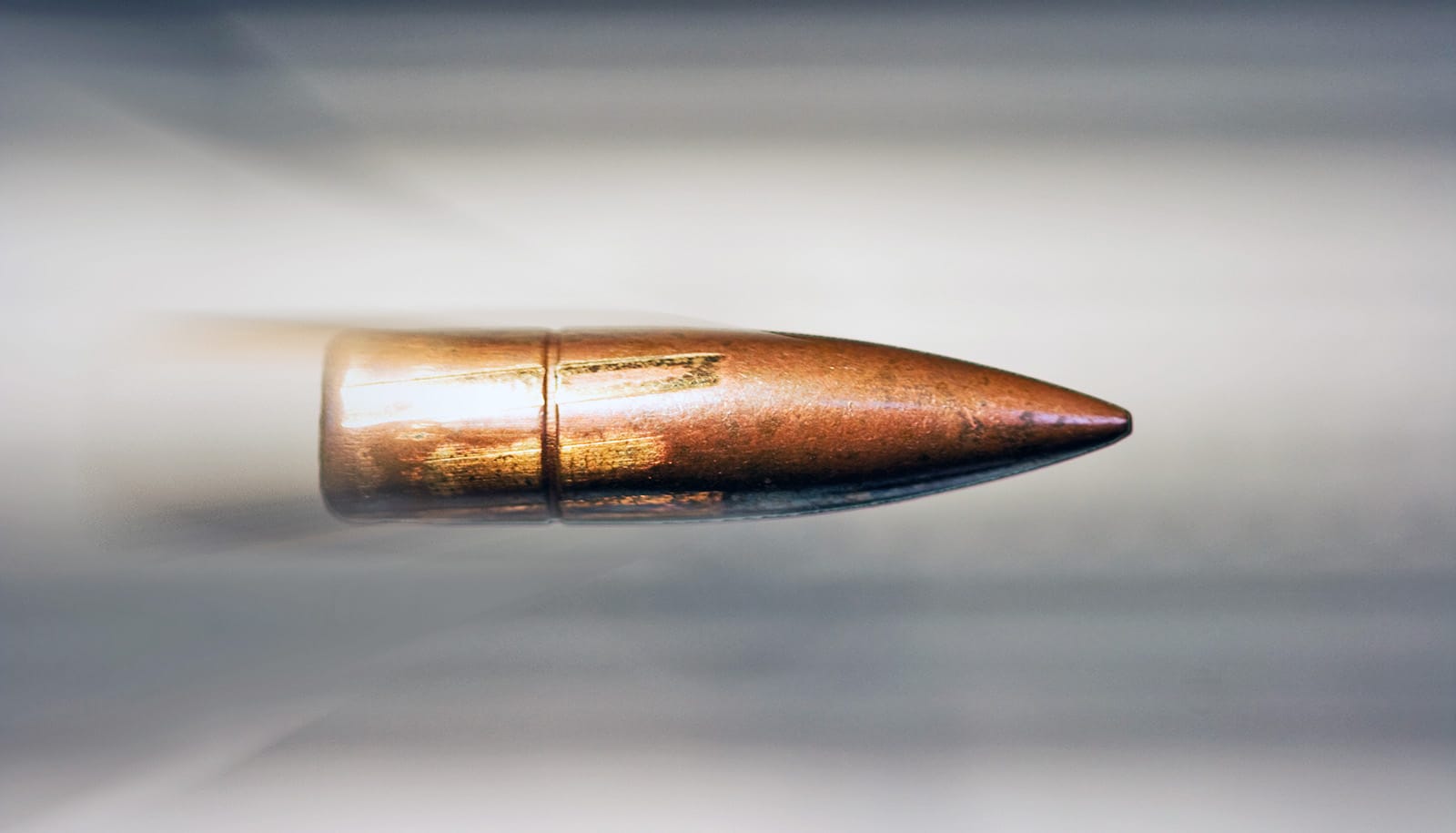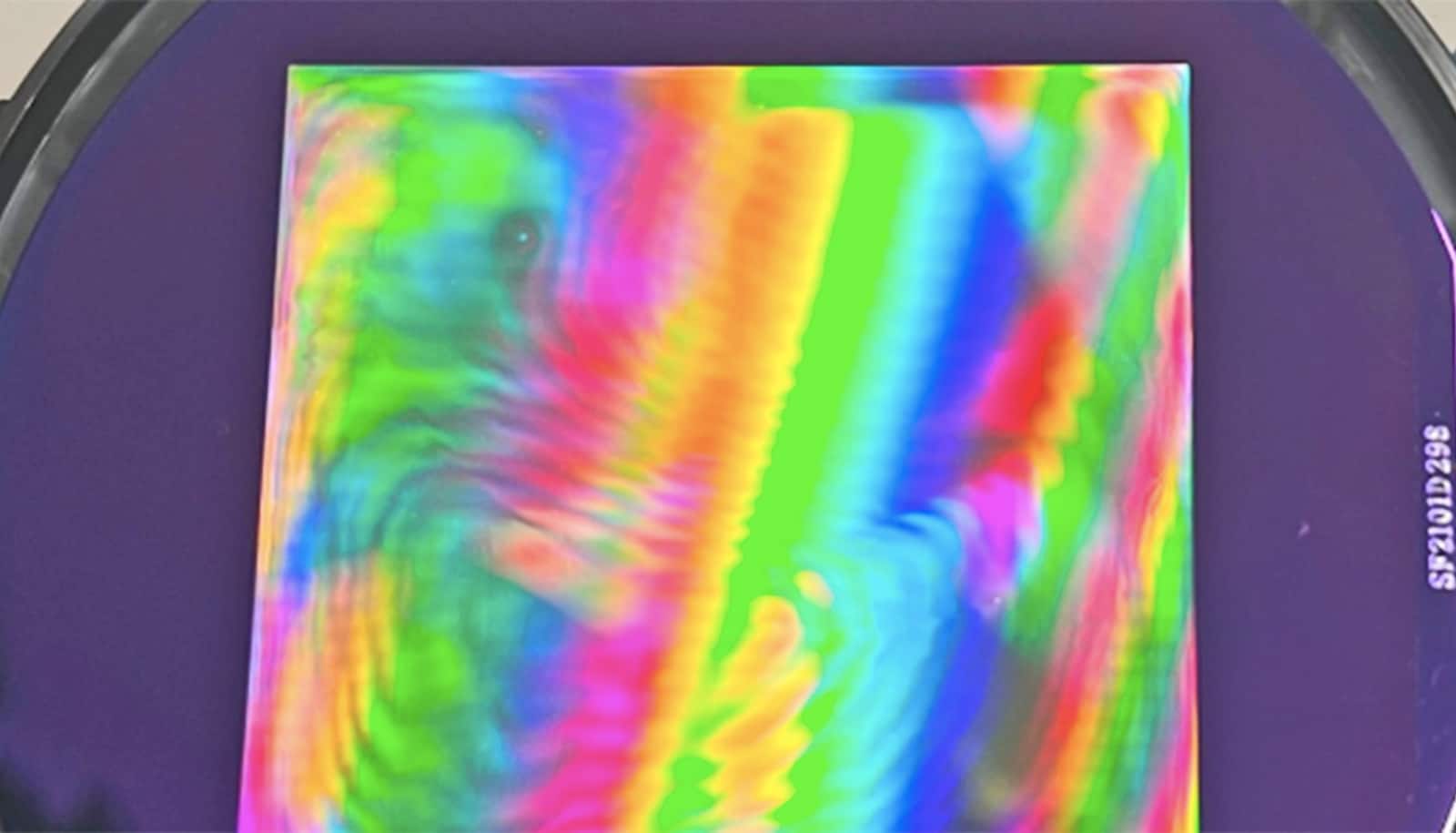If someone is firing projectiles in your direction, you might be safer hiding behind a sand block rather than a steel wall, new research shows.
While sand has long been used in military fortification, limited literature exists on the mechanism behind its energy absorption capabilities. A team of engineers at the National University of Singapore decided to find out more about the material’s unique ability to resist impact.
They experimented by firing projectiles of various shapes and masses at different velocities against a common silica sand block of varying density.
The results show that the sand block absorbed more than 85 percent of the energy exerted against it by the impact of a high-speed projectile. Further, the resistance offered by the sand increased with the speed at which the projectile travelled.
The impact also resulted in an extreme frictional force that could break the projectile into pieces, as the sand grains dilate and dissipate the pressure, resisting continual penetration of the projectile. While heavier and elongated projectiles were more effective at penetrating the target due to higher stress at the point of contact, the compaction of the sand held little influence as the projectile compacted the sand along its path of penetration.
In contrast, the energy absorption capacity of an equivalent steel plate reduces dramatically as the velocity of the projectile increases, resulting in the projectile passing through it without further resistance. This is known as the hydrodynamic effect, where the high-speed projectile causes the steel to melt and behave akin to a fluid.
Listen: Sand dunes emit creepy ‘burps’ and moans
The team says the study points to the wide-ranging potential applications of sand, beyond glass making, building construction, and land reclamation. A key application is in modern defense systems, which has yet to be thoroughly explored.
“Steel, which is one of the key materials used in the construction of armor systems, can be partially replaced with sand as a cost-effective, environmentally friendly, and lightweight sacrificial layer, given its superior energy absorption performance,” says Darren Chian Siau Chen, an assistant professor in civil and environmental engineering.
“Given the possibility of hostile threats, sand could also be used as a complementary building material to steel to enhance protection of critical infrastructure and household shelters, given its projectile-resisting function,” says Chian.
The team plans to further investigate the potential of sand through large-scale trials, as well as explore the energy absorption capabilities of similar geomaterials such as rock rubble.
Source: National University of Singapore



